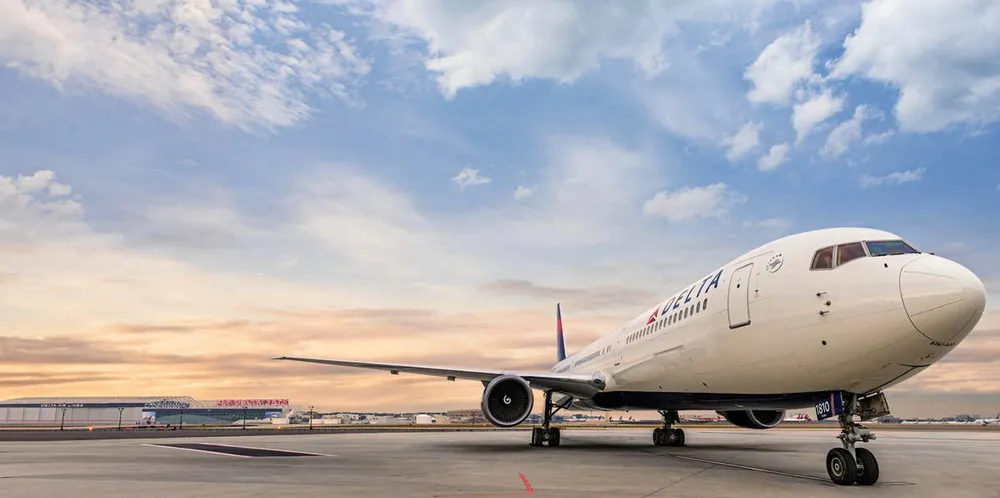Delta places huge order for sustainable aviation fuel made with 839MW of green hydrogen
The SAF will be made by combining cellulosic biomass and renewable H2 using Fischer-Tropsch method

The SAF will be made by combining cellulosic biomass and renewable H2 using Fischer-Tropsch method
